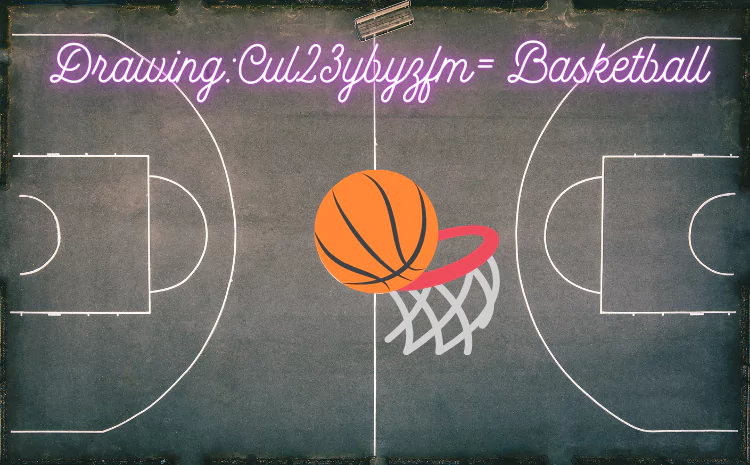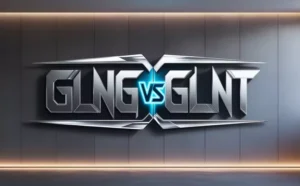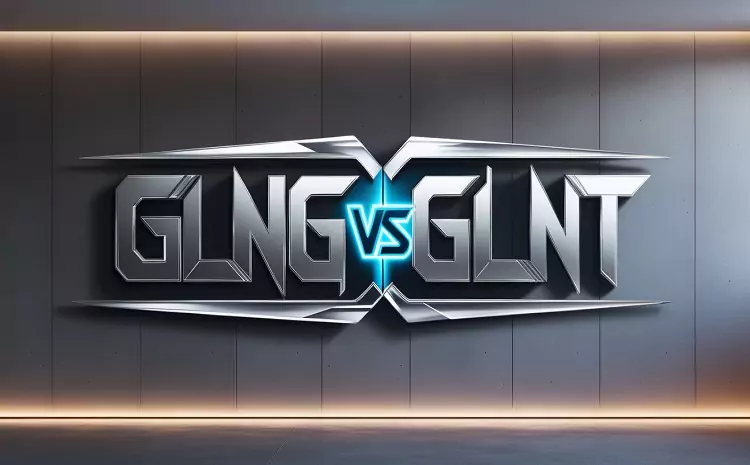Basketball, a dynamic sport known for its high energy and thrilling moments, has always inspired creativity beyond the court. From its early days, artists have used their talents to capture the essence of the game in their drawings. Whether you’re a seasoned artist or just starting out, drawing basketball can be both an enjoyable and rewarding experience. In this guide, we’ll explore everything from the basics of basketball drawing to advanced techniques that will elevate your artwork.
History of Basketball Drawings
Basketball’s journey through art is as exciting as the sport itself. In the early 20th century, artists began capturing the nascent game in their sketches and paintings. These early artworks often depicted amateur games and iconic moments that have since become legendary. Over time, as basketball evolved, so did its representation in art. Iconic works, like those showcasing famous players and dramatic game scenes, have become a testament to the sport’s cultural impact.
Materials and Techniques for Drawing Basketball
Before you start sketching, it’s essential to gather the right materials. Traditional drawing typically involves pencils, erasers, and sketchbooks, while digital tools might include tablets and drawing software. Each medium offers unique possibilities. For instance, digital tools can help capture the fast-paced motion of basketball, while traditional methods might give a more personal, tactile feel to your artwork.
How to Start Drawing Basketball?
Starting with basic shapes and proportions is crucial for a solid basketball drawing. Begin by sketching the basketball court, focusing on the key elements like the hoop, backboard, and court lines. Next, move on to drawing players, paying attention to their movements and poses. Sketching dynamic actions, such as a slam dunk or a fast break, will add energy to your work.
Detailed Steps for Drawing a Basketball Player
Drawing a basketball player requires understanding human anatomy and proportions. Begin with a basic skeleton, then build up the muscle structure and details. Capturing dynamic poses, such as a jump shot or a defensive stance, can be challenging but rewarding. Adding details like jerseys, shoes, and textures will bring your drawing to life.
Drawing Basketball Equipment
The basketball itself is a focal point in your artwork. Pay close attention to its shape and texture to achieve realism. Jerseys and uniforms can be depicted with various patterns and logos, adding authenticity. Don’t forget the accessories like shoes, which can add a unique touch to your drawing.
Creating a Basketball Scene
Setting the stage for your basketball drawing involves more than just the players. Draw the court and its surroundings, including the audience and the scoreboard. Using perspective techniques will enhance the depth and realism of your scene, making it feel more immersive.
Color and Shading Techniques
Color and shading are essential for adding dimension and life to your drawings. Choose a color palette that reflects the energy of the game. Use shading techniques to create depth and highlight key features. Proper shading will help convey the movement and intensity of the action.
Common Mistakes and How to Avoid Them
Even experienced artists make mistakes. Common issues include proportional errors, perspective problems, and inconsistent details. By practicing and studying your work critically, you can identify and correct these errors, improving your overall technique.
Tips for Improving Your Basketball Drawings
Continuous practice and observation are key to improving your skills. Study professional artwork to understand different styles and techniques. Seek feedback from other artists or join art communities to get constructive criticism and support.
Incorporating Basketball Drawing into Other Media
Basketball drawings can be adapted for various media, including merchandise, digital art, and graphic novels. These adaptations can open new avenues for creativity and expression, allowing you to explore different aspects of the sport.
Conclusion
Drawing basketball is more than just replicating a sport; it’s about capturing the passion and energy of the game. By following these steps and continually practicing, you can create compelling and dynamic basketball artwork. Remember, every artist’s journey is unique, so keep experimenting and enjoy the process.









